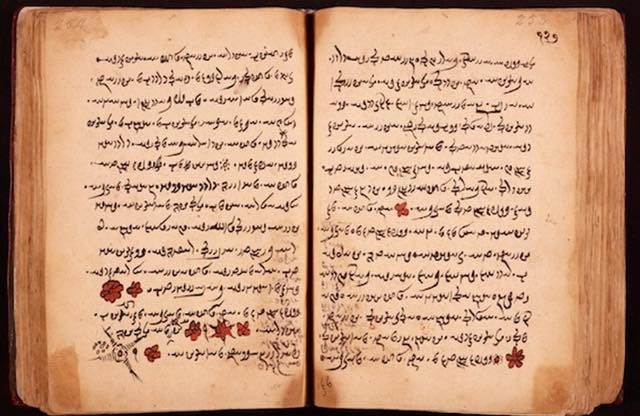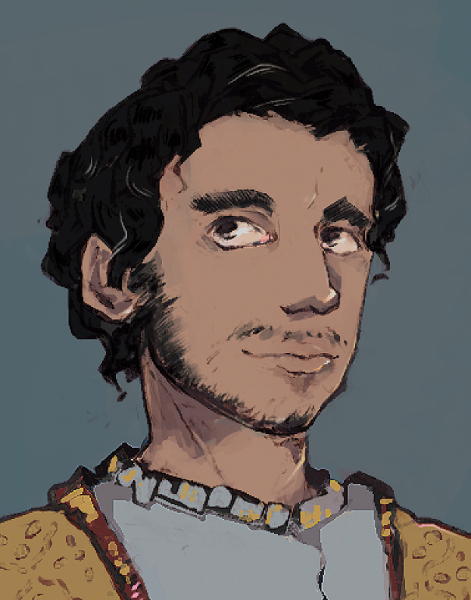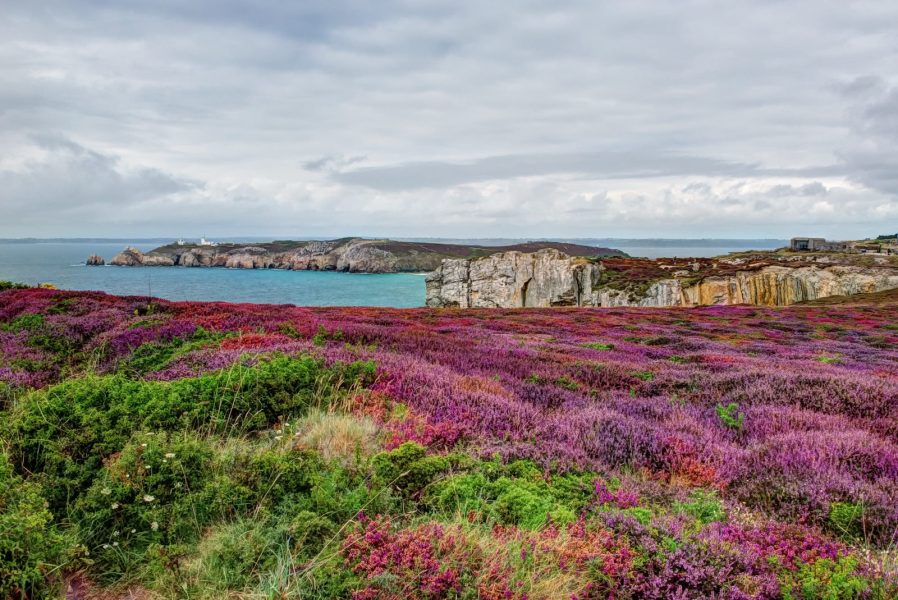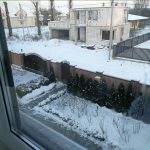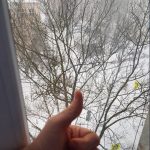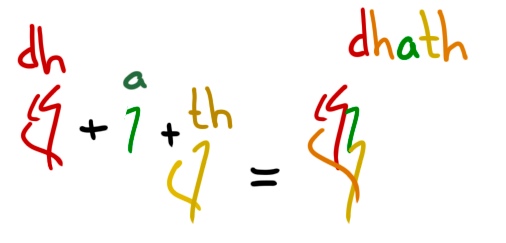In anticipation of some interesting contraption, which you will learn about a little later, let's just look at the ancient poetic traditions of the different peoples of Orova. Those of them that modern science is aware of, of course. Well, we will not go far to the east - at least for now.
1. Hellenic. There is no need to tell anything here, I think the word "hexameter" speaks for itself to everyone. It was the ancient Hellenes who invented the feet known to us today: iambic, trochee, dactyl and others. But everything, in fact, is not so simple.
Our modern versification is syllabo-tonic, that is, it looks at the number of syllables and stress positions of the verse. Ancient Hellenic was metrical, and in it the rhythmic groups of long and short syllables, repeated in verse, mattered.
Thus, if the dactyl in Retsin is a three-syllable foot with an accent on the first position:
> dug | dactyl | the pit is deep,
then in Old Hellenic it is a foot with the first long syllable (that is, having a long vowel or ending in a consonant), and the second two are short:
> oiō | noisi te | pāsi, Di|os d'ete|leieto | boulē,
sponday | dactyl | dactyl | dactyl | dactyl | spondee
2. Skadinsky. In addition to the borrowed Hellenic metric, there was an older form of versification, now called Saturnian verse. The beauty of it is that no one still can understand exactly how it works: some consider it quantitative (when the positions of long and short syllables matter), some consider it tonic (when the position of stress is important). Analysis of similar verses in related languages does not help much either. You can read more details at least on the same wiki, and the example looks like this:
Postquam avem aspexit in templō Anchisa
sacr(ā) in mēnsā Penātium ordine pōnuntur
immolābat auream victimam pulchram
Quantitatively:
– ∪ ∪ ∪ || – – ∪ || – – – – – x
∪ – – – || ∪ – (∪) – || – ∪ – – – x
– ∪ – – || – ∪ – || – ∪ – – x
Tonically (ancient Skadinsky):
´ ∪ ´ ∪ || ´ ∪ ∪ || ∪ ´ ∪ ´ ∪ ∪
´ ∪ ´ ∪ || ´ ∪ (∪) ∪ || ´ ∪ ∪ ´ ∪ ∪
´ ∪ ` ∪ || ´ ∪ ∪ || ´ ∪ ∪ ´ ∪
Tonically (classic Skadinsky):
´ ∪ ´ ∪ || ∪ ´ ∪ || ∪ ´ ∪ ∪ ´ ∪
´ ∪ ´ ∪ || ∪ ´ (∪) ∪ || ´ ∪ ∪ ∪ ´ ∪
` ∪ ´ ∪ || ´ ∪ ∪ || ´ ∪ ∪ ´ ∪
3. German, Rechan and Bet
I combine them into one, because they all have two things in common:
- sound repetitions (alliterations, rhymes) both inside the line and outside;
is the number of syllables in a verse.
As an example, I can give a couple of lines from a well-known text. The lines in it, as you can see, are held together not by rhymes, but by certain repetitions of sounds, which are italicized and bold.
onchat or xia that song
by wereonmŏ nowen<e>
A Not by design Bojanyu
Bojanŏ bO Vѣsch<i>th
even to whom you want || songs TinRgo
then pstop coughing We-I will merge according to the tree
sirthĕ inòlclod of earth
shizym oplom subŏ clouds
And here is modern Botian poetry, but using their local ancient meters and other things.
Ar y llawr mae cawr y cwm — ar ei draws
Mae dryswch ei godwm
Yn celu yn y cwlwm
Egin-goed Dany troed trwm.
This is the end for now, but for now, stay tuned for updates!

